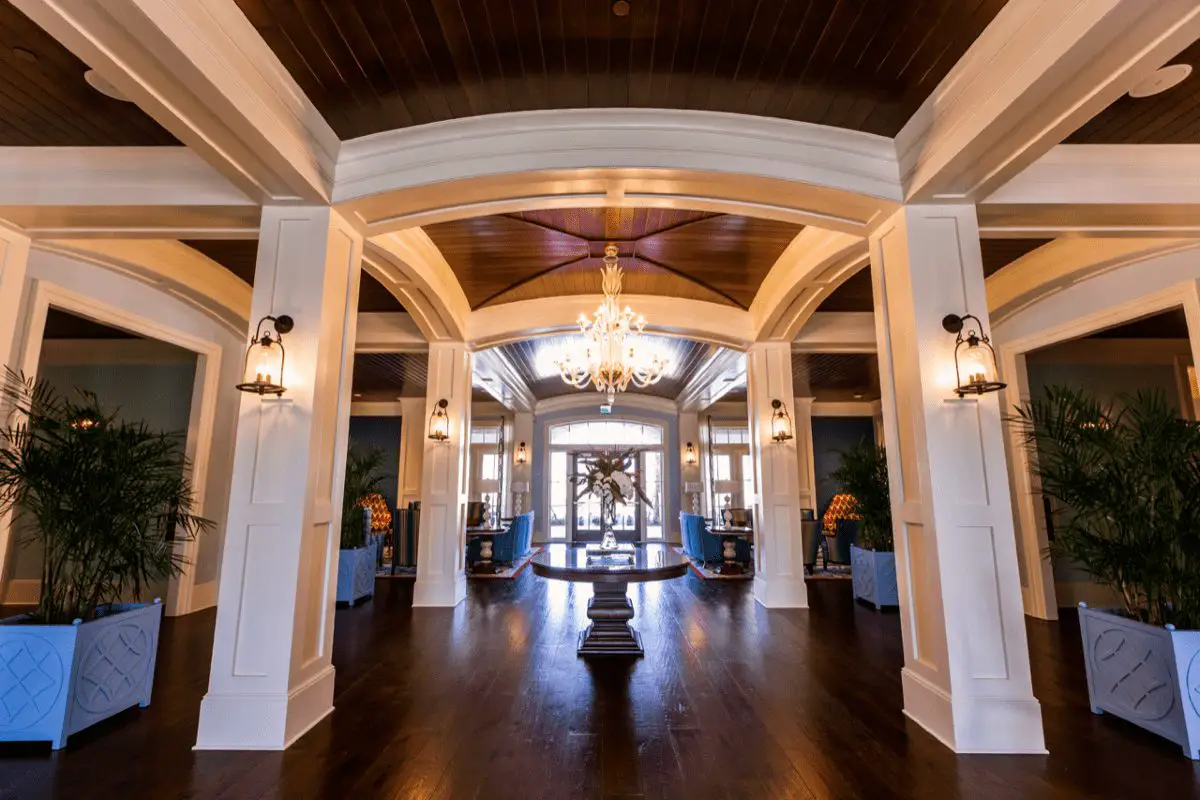I stand inside the darkened confines of Lafitte’s Blacksmith Shop, wondering if the spirit of the dead—and dread—pirate lives on. It’s not hard to imagine the black-haired brigand serving up a mug of ill-gotten gains while threatening to blow off your head in the same breath. Some would shudder at the thought but I embrace it. This is New Orleans after all, a place long synonymous with vice and restless spirits.
Many consider New York to be America’s most vibrant city. While few can dispute the Big Apple’s unique energy, New Orleans is in many ways America’s cultural mecca. With a confluence of European, African and Caribbean flavors, New Orleans has a multi-dimensional appeal. Jazz, that most quintessential of American art forms, was invented here. Tennessee Williams penned and set “A Streetcar Named Desire” here. Avery Island, just miles from the center of the city, is the birthplace of Tabasco. Now, five years after Hurricane Katrina devastated many parts of the city, New Orleans has risen again, like the proverbial Phoenix.
New Orleans’ residents are resilient. They’ve survived numerous fires, floods and other disasters. Battered but not broken, many locals remained after Katrina hit, refusing to abandon their beloved city. While the 9th Ward is still an illustration of third world–style devastation—driving through the area is a solemn and heartbreaking occasion, especially when one considers the preposterous government response to the disaster—other neighborhoods fared much better.
Most first-time visitors to New Orleans venture only so far as the historic French Quarter. While the Veux Carré, as it was called during its heyday, is undoubtedly picturesque, with lattice wrought iron balconies and quaint European-styled homes, it would be a travesty to think that’s all New Orleans had to offer. Still, it’s a good starting point from which to explore the city. Stay one night in the French Quarter. Hotel options run from haunted manses such as the antebellum-style Le Pavilion on Canal Street and the ivy-covered Provincial Hotel on lovely Chartres to modern chains such as the exclusive Ritz Carlton Club, Maison Orleans and the 41-story Marriott. Each is unique—Le Pavilion is caught in a time warp, with silent hallways reminiscent of the hotel in The Shining; guests at the Provincial often feel as if they are staying at a friend’s historic mansion; rooms at the Maison Orleans resemble a luxe Parisian apartment and have the largest sunken tubs of any hotel in the city, and the Marriott affords amazing views of the city and the Mississippi River. If partying on Bourbon Street is a must, have a pint at Lafitte’s. America’s oldest bar, it’s at the edge of the Quarter but sans the neon signs and frat boys found further down the famous road.
Exploring the city is a must. From Canal Street, take the street car down St. Charles Avenue, or better yet walk, to the Garden District. The narrow streets of the French Quarter give way to wider, tree-lined boulevards replete with antebellum homes, coffee shops, trendy boutiques and po’ boy havens. You won’t find kitschy mask shops or bars hawking frozen hurricanes. It’s quieter than the Quarter but nonetheless just as pretty. Large hotels are replaced with smaller guest houses and beds and breakfasts. Relax at Sully Mansion Bed & Breakfast. It’s quaint and quiet, a welcome change from the hustle and bustle of the Quarter.
On the other side of the Quarter lies the Faubourg Marigny. Many of the city’s lower middle class inhabitants lived in the area’s charming bungalows. But Hurricane Katrina changed that. Houses were damaged and insurance prices skyrocketed, forcing these same inhabitants to abandon once affordable homes. The area has since become gentrified, with upwardly mobile young artists and professionals taking residence. Still, visitors will enjoy the bars and restaurants on trendy Freeman Street, which on New Years Eve was surprisingly devoid of the high entrance fees, pushy crowds and exorbitant drink prices found elsewhere. Try The Spotted Cat Music Club, DBA or Maison for music and local brews. Take a moment to stop and listen to the young street performers who hone their jazz skills on the curb. Where else can you encounter Grammy-caliber musicians for free?
Mardi Gras is just a month away, so now is the time to book a trip if you haven’t already. While the French Quarter embraces the sinful aspects of the Lenten celebration, that’s not true for all of New Orleans. Depending upon the neighborhood, people of all ages can enjoy Mardi Gras. The Garden District hosts events for the entire family. And the Faubourg Marigny and Algiers, a growing suburb on the other side of the Mississippi, encourage a more traditional, toned down version of carnival. I told you it was multi-dimensional.
—Shandana A. Durrani
HOTELS
Hotel Provincial
1024 Rue Chartres
New Orleans, L.A. 70116
504/581-4995
Le Pavillion Hotel
833 Poydras Street
New Orleans, L.A. 70112
504/581-3111
New Orleans Marriott
555 Canal Street
New Orleans, L.A. 70130
504/581-1000
The Ritz Carlton Club, Maison Orleans
Ritz Carlton New Orleans
921 Canal Street
New Orleans, L.A. 70112
504/524-1331
Sully Mansion Bed & Breafast
2631 Prytania Street
New Orleans, L.A. 70130
504/891-0457
BARS
DBA
618 Frenchman Street
New Orleans, L.A. 70116
504/942-3731
Lafitte’s Blacksmith Shop
941 Bourbon Street
New Orleans, L.A. 70116
504/593-9761
The Maison
508 Frenchman Street
New Orleans, L.A. 70116
504/289-5648
The Spotted Cat Music Club
623 Frenchman Street
New Orleans, L.A. 70116
206/337-3273


